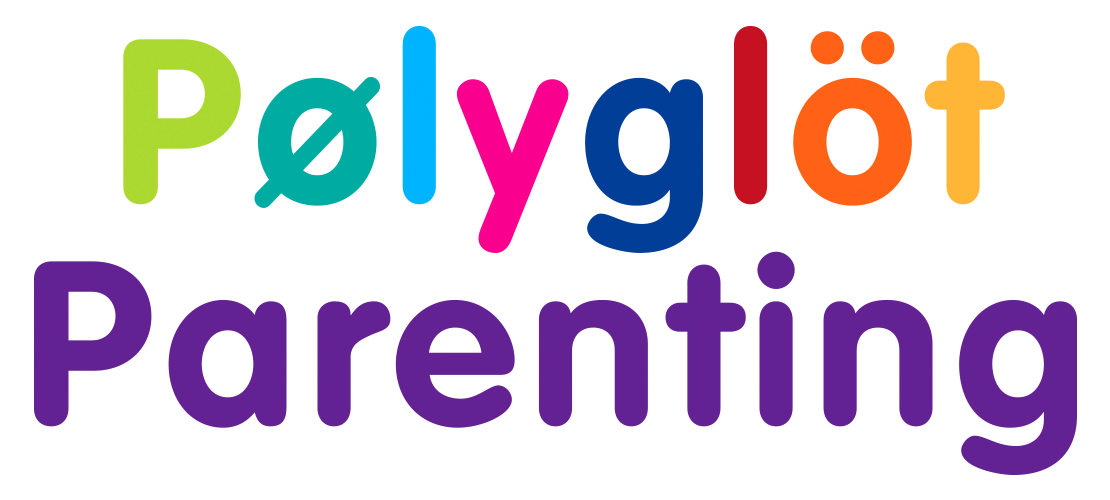The Key to Reaping the Awesome Benefits of Bilingualism
Recent research has revealed that being bilingual has numerous amazing cognitive benefits. When bilinguals speak one language, they are suppressing the rules and elements of their other language. This takes mental flexibility; it's essentially mental exercise. This exercise keeps your mind sharp and limber, which seems to be one reason why bilinguals have proven advantages over monolinguals in terms of ability to multitask, focusing in on relevant information, and filtering out unnecessary information. All that mental exercise and agility works as a preventative factor against Alzheimer's, too. Other benefits of bilingualism include better metalinguistic awareness (which in turn strengthens literacy skills), better problem-solving skills, the social benefits of being able to communicate with a larger number of people and fit into a larger number of environments, and more future career prospects. Who wouldn’t want all of those nifty benefits?
The key piece of information that is often missing from the discussion of these wonderful benefits is the best way to ensure such advantages. The key is additive bilingualism, as opposed to subtractive bilingualism.
Additive bilingualism is knowing more than one language at a high level of proficiency. People who gain and maintain fluency in two languages tend to have many opportunities to use both languages in a wide variety of contexts, spend decent amounts of time using both languages, and also have an internal desire to maintain both languages.
In contrast, subtractive bilingualism is replacing knowledge of one language with knowledge of another. This can manifest as gaining skills in one language while simultaneously losing proficiency in another language. One example of how a subtractive bilingual situation in the U.S. might look: Say a family with young children moves from a non-English speaking country to the U.S., switches the household language to English. The children of the family go to school in the majority language and make friends with monolingual English-speaking children, mostly forget their first language, and they become subtractive bilinguals.
For subtractive bilingual children, during the in-between phase of their first language falling into disuse and being forgotten, while they are still learning English, they may not be able to express themselves fluently in either language. This in-between transitional phase seen with subtractive bilingualism can be frustrating for the child, and if language barriers grow between themselves and speakers of their first language, that can be a further source of frustration or a feeling of loss, in some instances.
Another benefit of additive bilingualism is that it fosters a feeling a part of two cultures, whereas subtractive bilingualism is more associated with a feeling of loss of culture.
It’s of note that one of the most persistent myths of bilingualism is that one language must always be learned at the expense of another, the assumption being that the amount of space in your brain devoted to knowledge of language is like a pie. By this way of thinking, if a person wants to give some of those brain space “pie slices” to English, they have to take pieces of the pie away from another language the person knows. Sure, language learning CAN look like this (i.e. subtractive bilingualism) but it does not HAVE to look like this (i.e. if additive bilingualism is supported.) The truth is that one language does not necessarily have to be learned at the expense of another. In terms of the brain's processing power, there is no need to sacrifice first language fluency in order to gain second language fluency. Our brains have the ability to accommodate multiple languages, and bilinguals have even been proven to have denser and more gray matter in relevant areas of the brain than monolinguals. Indeed, counterintuitively to the “pie” theory outlined above, recent research points to additive bilingualism leading to even better knowledge of both languages!
Instead of the pie analogy, it’s more accurate to view how the brain does two language as an iceberg, aka the Common Underlying Proficiency model: Skills in different languages (e.g. grammar, syntactical structures) live in the same part of the brain, reinforcing each other at the base while differing on the surface level. Increased skills in one language support and strengthen language skills in the other language.

Ok, so the best way to reap the benefits of bilingualism is additive bilingualism. The question is, how do you encourage additive bilingualism? The answer is to create an environment that is supportive of maintaining and gaining skills in both of your child’s languages.
Some definitions before we delve deeper here:
Majority language: the language that the majority of the people in a country speak (In the US, English)
Heritage language/Minority language: a language that is not the main language of the country one lives in
How do you create such a supportive environment? Broadly speaking, what’s needed for both of the child’s languages are: plenty of exposure, a need to use it, a positive attitude towards the language, and motivation to use it. Of course, this is all easier said than done!
Some overall guidelines for fostering additive bilingual environments:
Fill in some of the spaces of life that are normally silent with the minority language: There are countless ways to squeeze more exposure into everyday life of the minority language. Examples include playing music in the background at home, telling tall tales while doing errands with your kids, posting labels around the house in the minority language to support literacy- the sky’s the limit!
Think outside the box to find more opportunities to get lots of minority language exposure: Examples include dual language schools, weekend heritage language programs, foreign language summer camps, classes that your child would take anyway (e.g. dance, sport, art, or musical instrument lessons) in the minority language, and much more. Every family has to find the right combination of opportunities that are most practical and feasible for them. Use your imagination and you can find opportunities for language exposure that fit your family’s situation in all sorts of places!
Spend quality time with native speakers of the minority language: Whether it’s relatives, members of your community who share your heritage language, hosting an exchange student in your home, or visiting a place where your minority language is the majority language, there are many unique ways to come in contact with speakers of the minority language. If you can spend time with people who speak only the minority language, that creates a natural need and motivation for the child to use the language, too.
***
For more tips on raising bilingual children, check out Polyglot Parenting's online course, How to Raise A Bilingual Child.
Or, for individualized advice, families raising bilingual/multilingual children may find it useful to create a custom Family Language Plan with the help of a bilingual professional. If having a guide to help you navigate the ins and outs of implementing effective and realistic bilingual methods and strategies sounds helpful to your family, contact me for a 60 minute initial consultation via Skype.
